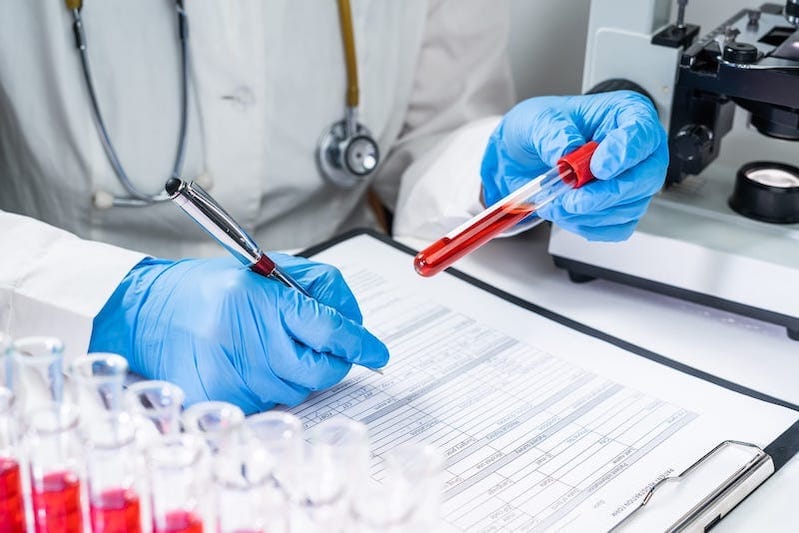Researchers at NuraLogix, a provider of HealthTech AI, have developed AI models that can predict a person’s risk of HbA1C levels and fasting blood glucose levels being above a significant clinical threshold for pre-diabetes.
Researchers trained their machine learning based models on the facial blood flow patterns of tens of thousands of subjects who had recently received a blood test for HbA1C (glycated hemoglobin) and Fasting Blood Glucose. The models were able to predict whether a subject’s HbA1C is greater than 5.7% or their Fasting Blood Glucose is greater than 5.5mmol/L. In both cases the models predicted with AUC > 0.80. Compare this with the classic Framingham model for predicting cardiovascular disease which had an AUC in the range of 0.70.
The development of this is important because it may someday allow people to screen themselves using any device with a camera such as a smartphone or tablet.
“What is important about this research, is we have demonstrated that we can use the technology most people already have access to- their smartphones- to obtain the early indications of diabetic risk,” says Keith Thompson, MD, FCFP, primary care physician of over 30 years, and Chief Medical Officer at NuraLogix. “For people that have pre-diabetes, 90% are unaware of having this condition and of those people, 70% will go on to develop diabetes and all its associated complications. We can envision training our models to recognize various thresholds for HbA1c and Fasting Blood Glucose, and after regulatory approval, could become a powerful tool for population screening and perhaps even monitoring of patients with diabetes using the HbA1c and Fasting Blood Glucose.”
Naresh Vempala, PhD, director of research at NuraLogix, added: “Our models are ground-breaking because we can now predict the likelihood of a person being above an at-risk cut-off for pre-diabetes with significant accuracy. It is exciting that our machine learning based classifiers are touchless and have learned relationships between facial blood flow patterns and diabetes risk. This was unimaginable and non-existent in AI until now. Potentially, our AI models can empower people to monitor their own health on a daily basis, thus allowing early detection and prevention.”
Featured image: NuraLogix researchers announce AI models that can predict Blood Biomarker Risk. Photo: CNW Group/NuraLogix Corporation





